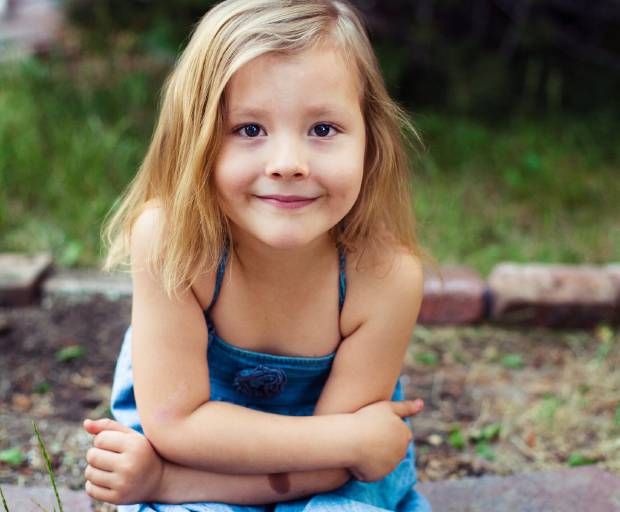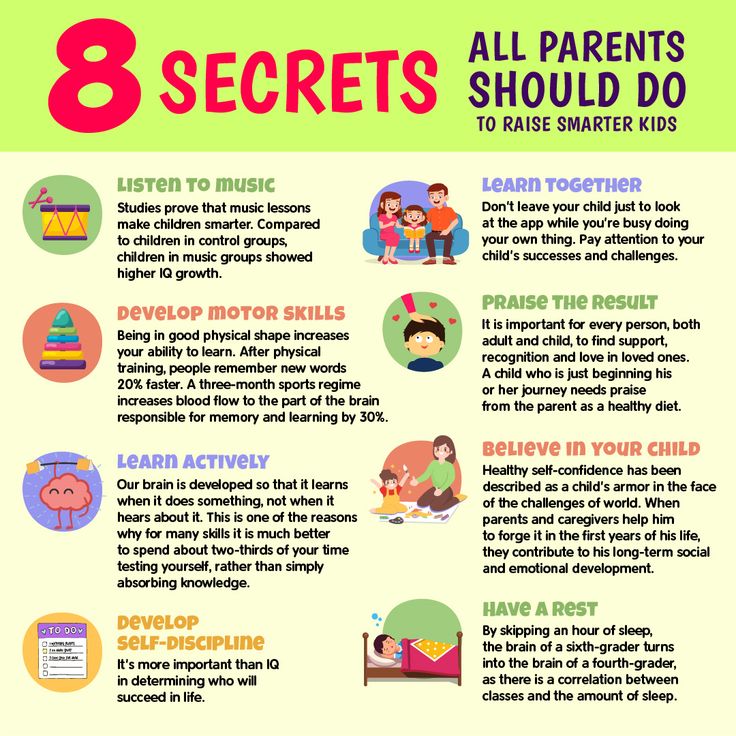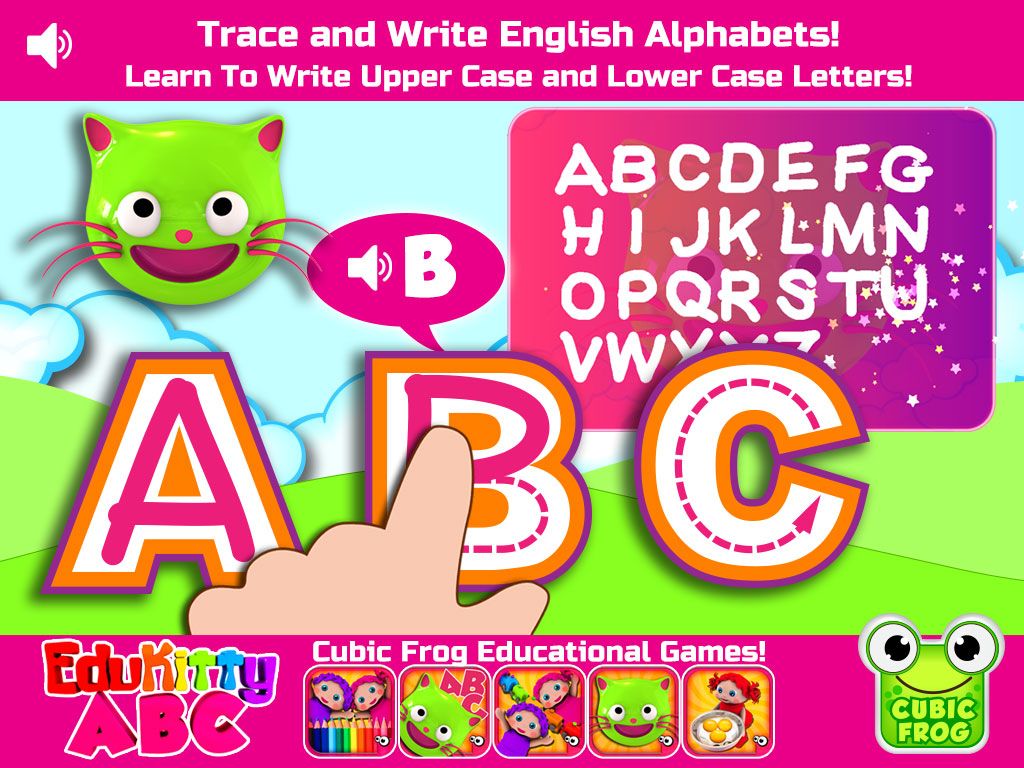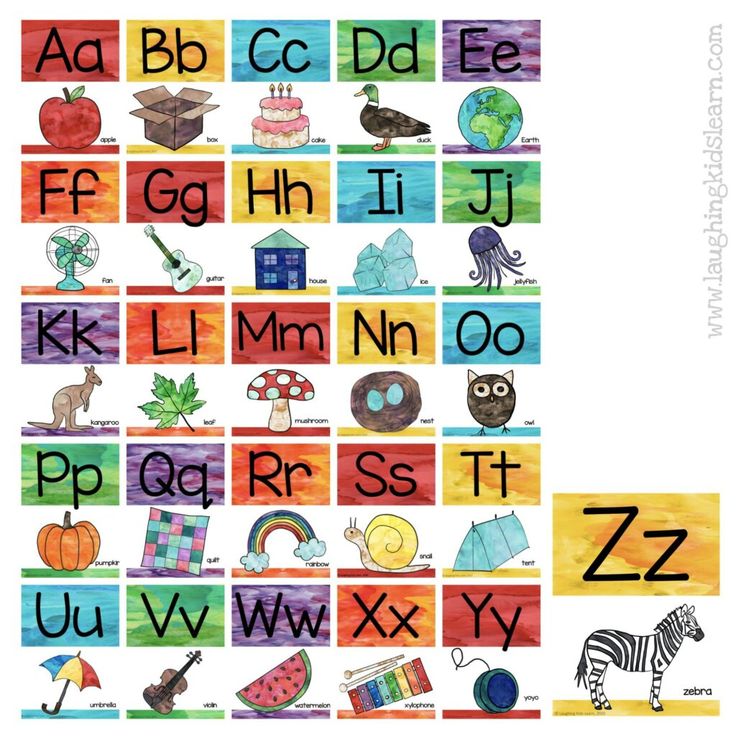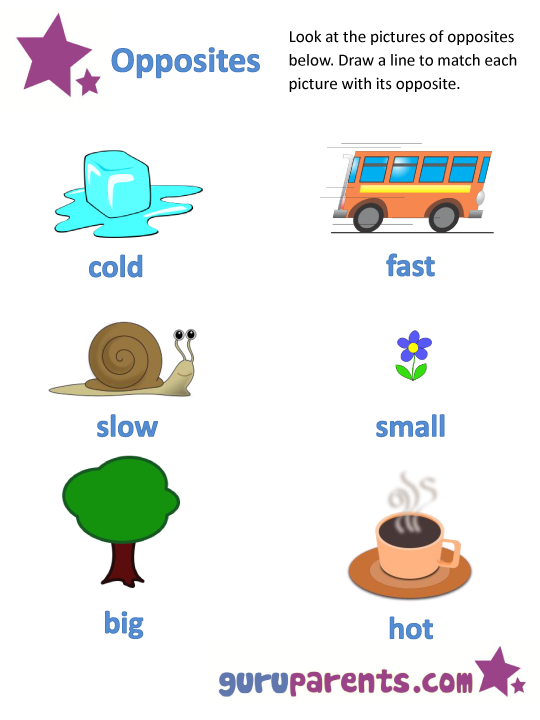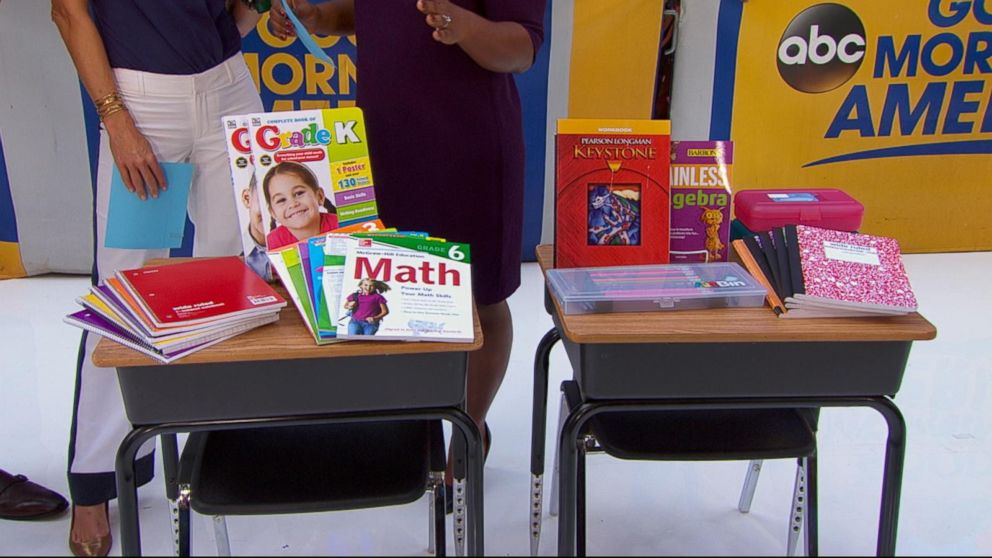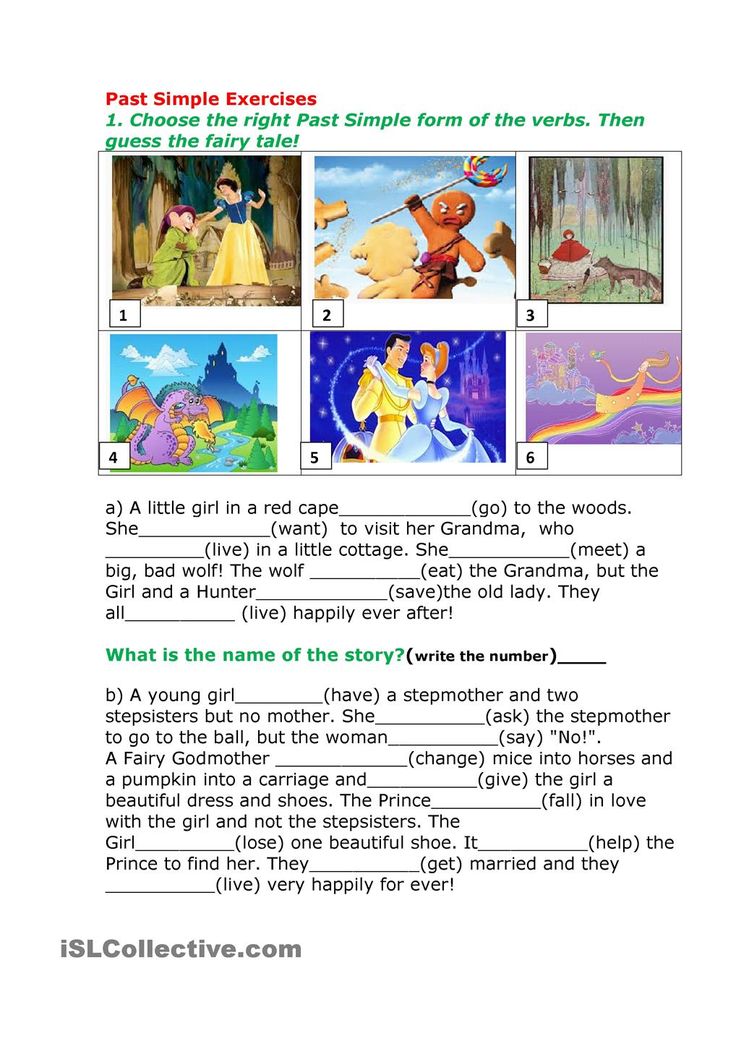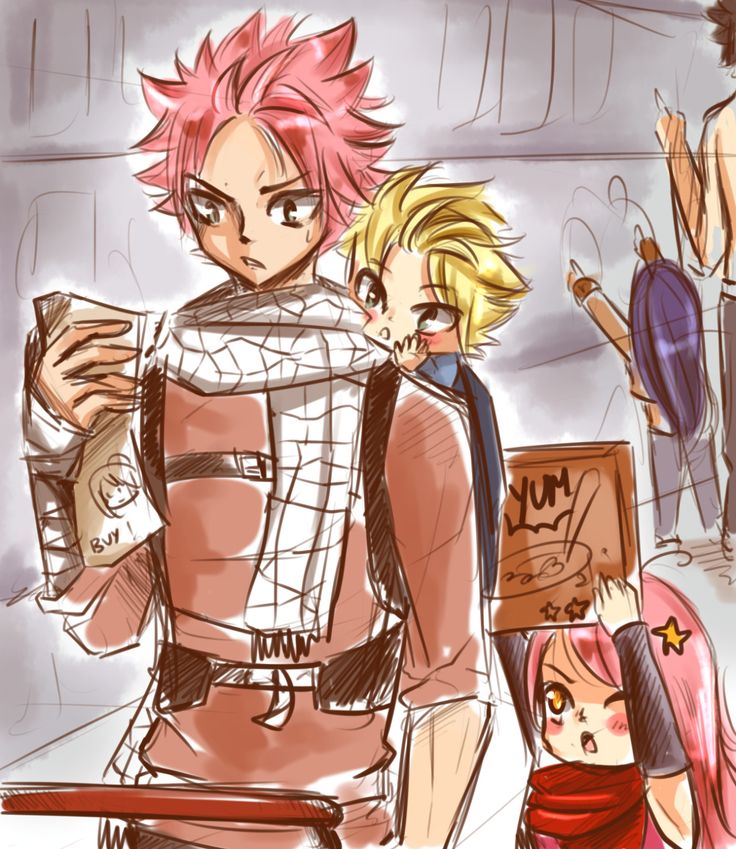Four year old kids
Child development at 4-5 years
Preschooler development at 4-5 years: what’s happening
Feelings and behaviour
At this age, preschoolers are exploring and learning to express emotions. They do this in many ways – for example, by talking, using gestures, making noises and playing.
Preschoolers also like to be around people. Your child might want to please and be like preschool-age friends. Imaginary friends could be important to your child too. As part of getting along with others, you might hear your child saying sorry, agreeing to rules and being pleased when good things happen to other people.
When it comes to cooperating, your child is likely to be more helpful. By the time your child is 5 years old, they’ll probably have more control over their behaviour and emotions and fewer tantrums.
Your child might feel anxious about starting school. Talking to your child about this and even visiting the school together can help to ease any worries.
In this year, your child might hide the truth about things sometimes or even start telling lies. For example, they might say ‘I didn’t do it’ even when they did. This is a typical part of preschooler development.
Playing and learning
Play is important because it’s still how children learn and explore feelings.
When it comes to play, your child likes to sing, dance and act. Your child also loves make-believe play and is learning the difference between fantasy and reality. Your child might also try different roles and behaviour, like being a doctor or getting married.
You might also notice that your child has a sense of humour and enjoys jokes and funny stories.
Your child is starting to become more aware of their gender. Your child might also be very curious about bodies – their own and other people’s. For example, you might find your child looking at their own and other children’s genitals. A combination of natural curiosity and role-playing is usually a typical part of childhood sexual behaviour.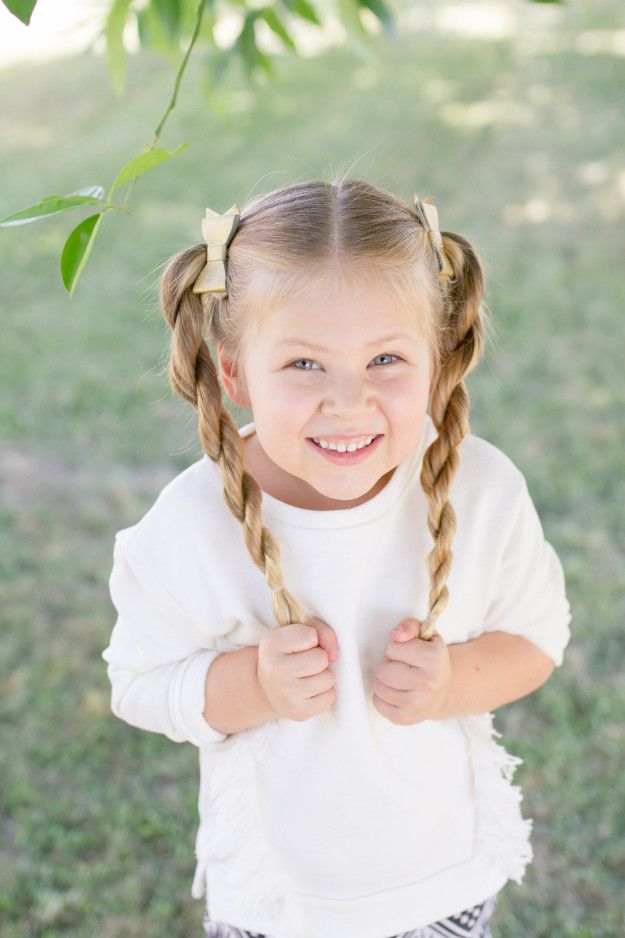 But if you’re concerned about a child’s sexual behaviour, it’s a good idea to talk with a GP, a paediatrician or another qualified health professional.
But if you’re concerned about a child’s sexual behaviour, it’s a good idea to talk with a GP, a paediatrician or another qualified health professional.
Thinking
Preschoolers understand more about opposites – for example, high/low. They know the names of letters and numbers out of order and can count to 10. Your child might remember their own address and know the difference between left and right.
Talking
Children’s language develops a lot at 4-5 years. You might notice that your child loves telling stories and having conversations. Your child might also tell you how they feel, talk about their ideas, ask a lot of questions and say words that rhyme.
At 4 years, preschoolers know hundreds of words and can use 5-6 words or more in sentences. You can understand what your child is saying all the time.
By 5 years, preschoolers can speak more clearly and will know, understand and use even more words, often in more complex sentences of up to 9 words.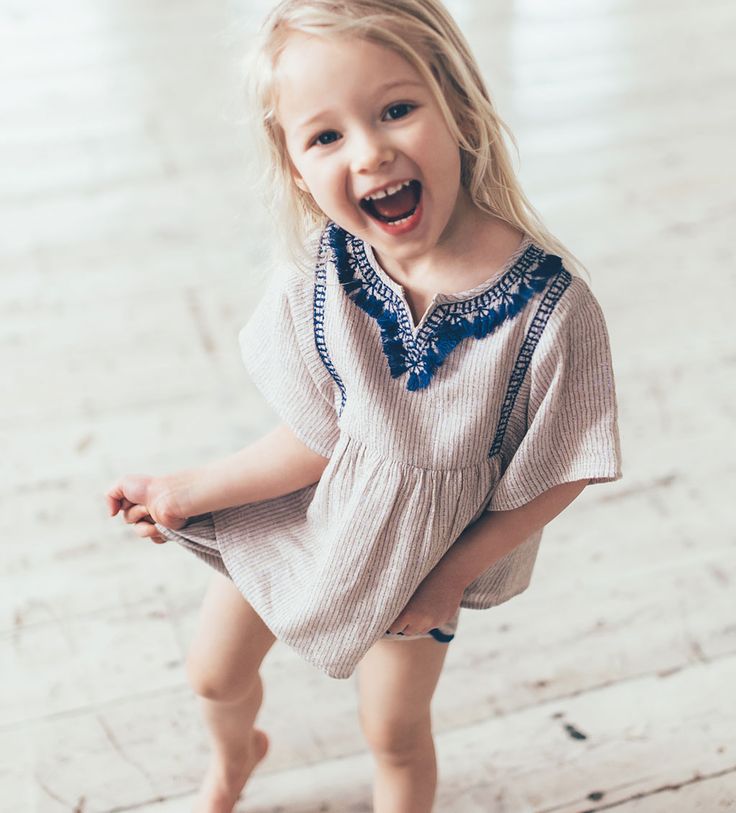 Your child understands most things you say and can follow multi-step, complex instructions.
Your child understands most things you say and can follow multi-step, complex instructions.
Daily life
Dressing themselves and going to the toilet independently is quite easy for children at this age. Also, your child can probably use a fork, spoon and sometimes a knife – for example, to spread butter on bread. But you still need to supervise and help your child with tasks like brushing teeth.
Moving
Preschoolers love moving and being active. Your child is getting better at walking down steps (maybe using the rail) with alternating feet, throwing, catching and kicking a ball, running, climbing, jumping, hopping and balancing on one foot.
Your child might also develop some new gross motor skills – for example, skipping, jumping backwards or jumping while running.
Your child’s fine motor skills are improving too. Your child can cut with child-safe scissors and write their first name and some letters. Your child might also be able to draw a circle and make detailed drawings of people with body parts and clothes.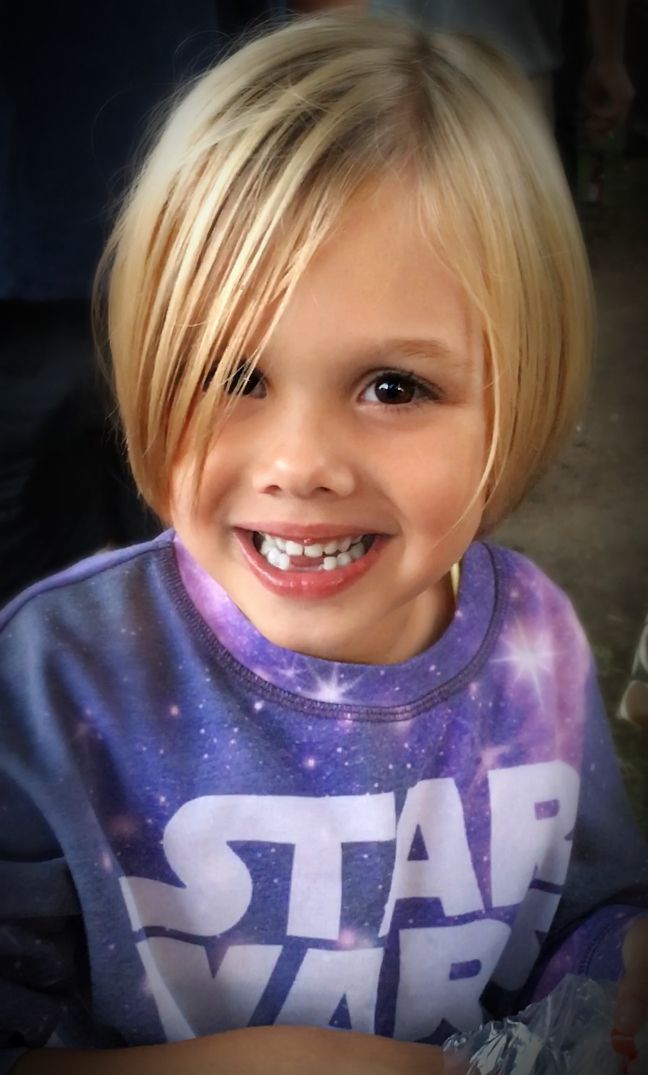
Helping preschooler development at 4-5 years
Here are simple things you can do to help your child’s development at this age:
- Give your child plenty of playtime: play is important for developing preschooler emotions, because it helps preschoolers explore and express feelings like joy, excitement, anger or fear. For example, you and your child could try pretend play with puppets.
- Spend time playing outdoors: this lets your child explore the natural environment, have adventures and test their physical limits. Outdoor play for preschoolers might involve messy play in sand or mud, games of chasey or treasure hunts. When you’re outside, remember to be safe in the sun.
- Make time for imaginative and creative play: this might be collage, drawing, dress-up games, storytelling or writing letters. Musical play is another idea – your child might like to dance, jump around or make music with simple instruments.
- Read with your child: reading together, telling stories, singing songs and reciting nursery rhymes all encourage your child’s talking, thinking and imagination.
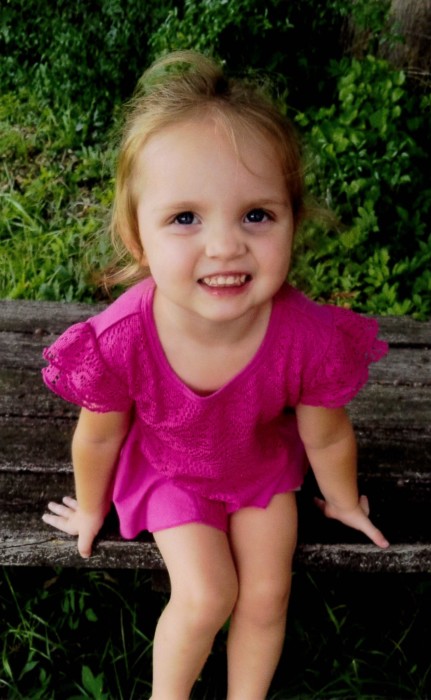 These activities also help your child learn to read as they get older.
These activities also help your child learn to read as they get older. - Do some cooking with your child: this helps your child to get interested in healthy food, learn new words and understand maths concepts like ‘half’, ‘1 teaspoon’ or ‘30 minutes’. You can give your child simple cooking activities, like tossing a salad or putting together sandwiches.
- Play games with your child that involve learning to share and taking turns. When you play, say things like, ‘Now it’s my turn to build the tower, then it’s your turn’, or ‘You share the red blocks with me, and I’ll share the green blocks with you’. Sharing is still hard for children at this age, so give your child plenty of praise when they share.
You might want to think about sending your child to preschool. At preschool your child can learn through play, make friends, and develop responsibility, independence and confidence. Preschool can support and encourage your child’s amazing development – and it can be a lot of fun too.
Parenting a preschooler at 4-5 years
As a parent, you’re always learning. It’s OK to feel confident about what you know. And it’s OK to admit you don’t know something and ask questions or get help.
It’s also important to look after yourself. Looking after yourself physically, mentally and emotionally is good for you, and it’s good for your child. When you’re well, you can give your child the loving attention they need to grow and thrive. You can also guide your child’s behaviour in positive ways, even when you find their behaviour challenging.
And remember that part of looking after yourself is asking for help, especially if you’re feeling stressed, anxious or angry. There are many people who can support you and your child, including your partner, friends, relatives, child and family health nurse and GP.
Never shake, hit or verbally abuse a child. You risk harming your child, even if you don’t mean to. If you feel like you can’t cope, it’s OK to take some time out until you feel calmer.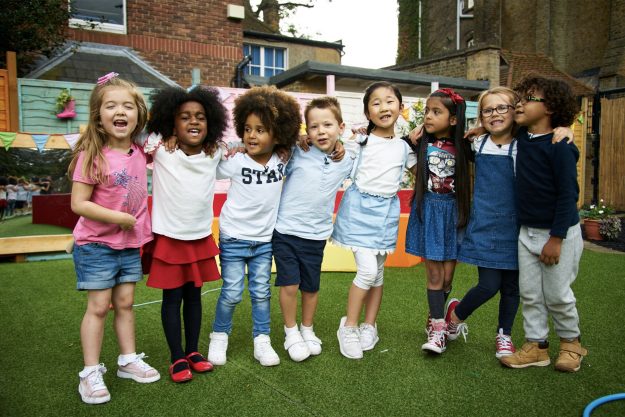 Gently put your child in a safe place like their bedroom. Go to another room to breathe deeply, or call your state or territory parenting helpline.
Gently put your child in a safe place like their bedroom. Go to another room to breathe deeply, or call your state or territory parenting helpline.
When to be concerned about child development at 4 years
You know your child best. So it’s a good idea to see your child and family health nurse or GP if you have any concerns or notice that your 4-year-old has any of the following issues.
Seeing, hearing and communicating
Your child:
- has trouble seeing or hearing things
- doesn’t use sentences of more than 3 words
- can’t understand 2-part instructions like ‘Put the doll down, and pick up the ball’.
Behaviour and play
Your child:
- doesn’t pretend during play – for example, doesn’t pretend to be a grown-up, go shopping or have a tea party
- still has tantrums over very small things or clings or cries when you leave
- doesn’t seem to show empathy – for example, doesn’t try to comfort others who are hurt or sad
- seems very afraid, unhappy or sad a lot of the time.
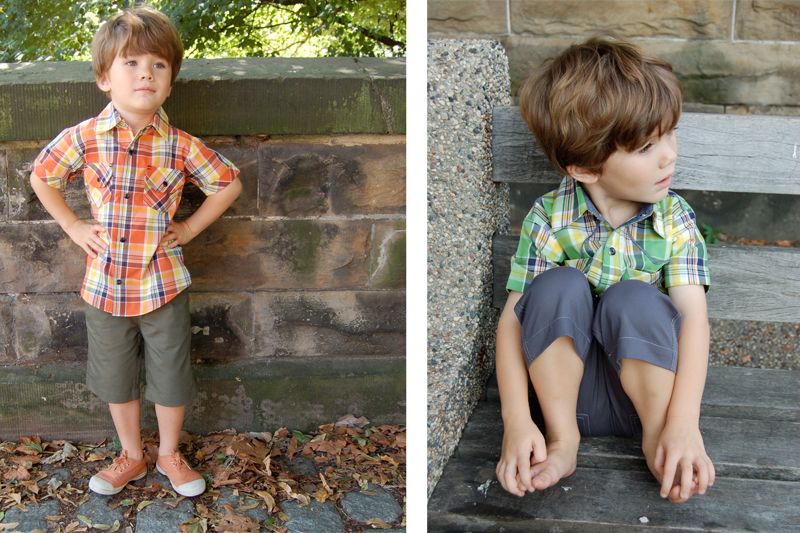
Movement and motor skills
Your child:
- is clumsy – for example, trips over a lot when walking or running
- finds it hard to handle small objects – for example, a pencil or crayon
- has trouble drawing shapes – for example, a circle or cross
- has difficulty eating, dressing or using the toilet.
When to be concerned about child development at 5 years
It’s a good idea to see your child and family health nurse or GP if you notice your 5-year-old has any of the following issues.
Seeing, hearing and communicating
Your child:
- has trouble seeing or hearing things
- can’t understand multi-step, complex instructions like ‘Put the doll down, get the ball from under the chair, and put it in the box’
- isn’t developing conversational skills – for example, doesn’t understand how to talk, listen and respond.
Behaviour and play
Your child:
- doesn’t play with other children or acts in a very aggressive way
- doesn’t show empathy – for example, doesn’t try to comfort others who are hurt or upset
- seems very afraid, unhappy or sad a lot of the time
- is easily distracted and can’t concentrate on any single activity for more than a few minutes
- doesn’t pretend during play – for example, doesn’t play doctors and nurses, construction in the sandpit or cooking.
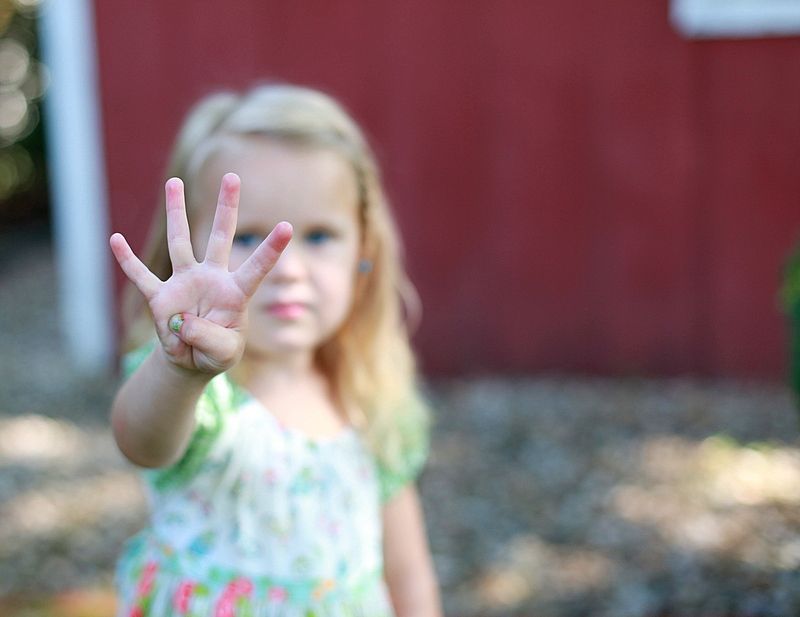
Movement and motor skills
Your child:
- is clumsy – for example, trips over a lot when walking or running
- finds it hard to use small objects – for example, a pencil or crayon
- has trouble drawing shapes – for example, a circle or square
- has difficulty eating, dressing or using the toilet.
See a child health professional if at any age your child experiences a noticeable and consistent loss of skills.
Development usually happens in the same order in most children, but skills might develop at different ages or times. If you’re wondering whether your child’s development is on track, or if you feel that something isn’t quite right, it’s best to get help early. See your child and family health nurse or GP.
Developmental Milestones: 4 to 5 Year Olds (Preschool)
From 4 to 5 years old, your child’s gross motor skills (using their arms and legs to move and play) and their fine motor skills (working on crafts and puzzles) are still developing.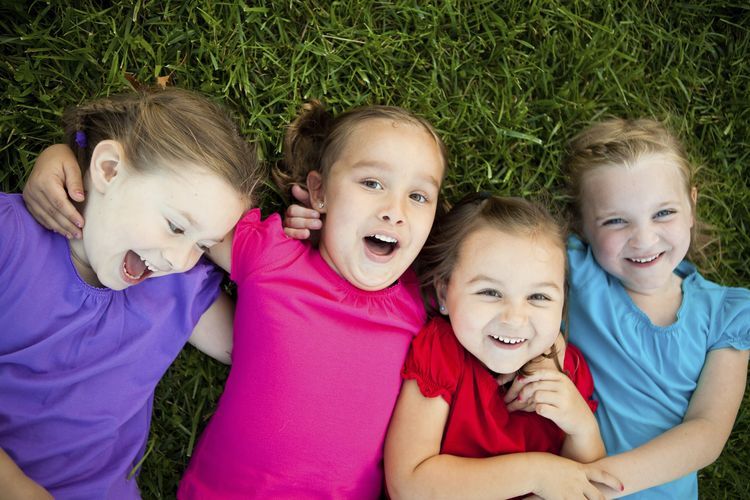 Play time becomes increasingly imaginative and is an important part of children’s growth.
Play time becomes increasingly imaginative and is an important part of children’s growth.
Developmental Milestones
Doctors use certain milestones to tell if a child is developing as expected. There’s a wide range of what is considered normal, so some children gain skills earlier or later than others. Children who were born prematurely reach milestones later in life. Always talk with your doctor about your child’s progress, especially if there are concerns.
What can my 4- to 5-year-old child do at this age?
As your child continues to grow, you will notice new and exciting abilities that your child develops. While children may progress at different rates, the following are some of the common milestones children may reach in this age group:
4-year-olds:
- Sing songs
- Skip and hop on one foot
- Catch and throw a ball overhand
- Walk downstairs alone
- Draw a person with three separate body parts
- Build a block tower with 10 blocks
- Understand the difference between fantasy and reality
- Draw a circle and square
- Dress themselves
- Able to fasten large buttons without help
- Pull up a zipper after it is fastened
5-year-olds:
- Jump rope
- Walk backward
- Balance on one foot for at least 5 seconds
- Use scissors
- Begin learning how to tie shoes
- Draw a triangle and diamond
- Draw a person with six body parts
- Know address and phone number
- Recognize and recite the alphabet
- Write first name
- Start to help with chores around the house
- Start to lose their baby teeth
What can my 4- to 5-year-old child say?
Speech development in children is very exciting for parents as they watch their children become social beings that can interact with others. At this age, a child can usually understand that letters and numbers are symbols of real things and ideas, and that they can be used to tell stories and offer information. Most will know the names and gender of family members and other personal information. They often play with words and make up silly words and stories.
At this age, a child can usually understand that letters and numbers are symbols of real things and ideas, and that they can be used to tell stories and offer information. Most will know the names and gender of family members and other personal information. They often play with words and make up silly words and stories.
4 and 5-year-olds vocabulary is between 1,000 and 2,000 words. Speech at this age should be completely understandable, although there may be some developmental sound errors and stuttering, particularly among boys.
While every child develops speech at his or her own rate, the following are some of the common milestones children may reach in this age group:
4-year-olds:
- May put together four to five words into a sentence
- Will ask questions constantly
- May know one color or more
- Likes to tell stories
- May use some “bad” words (if he or she has heard them spoken repeatedly)
5-year-olds:
- May put together six to eight words into a sentence
- May know four or more colors
- Knows the days of the week and months
- Can name coins and money
- Can understand commands with multiple instructions
- Talks frequently
What does my 4- to 5-year-old child understand?
As a child’s vocabulary increases, so does his/her understanding and awareness of the world around them.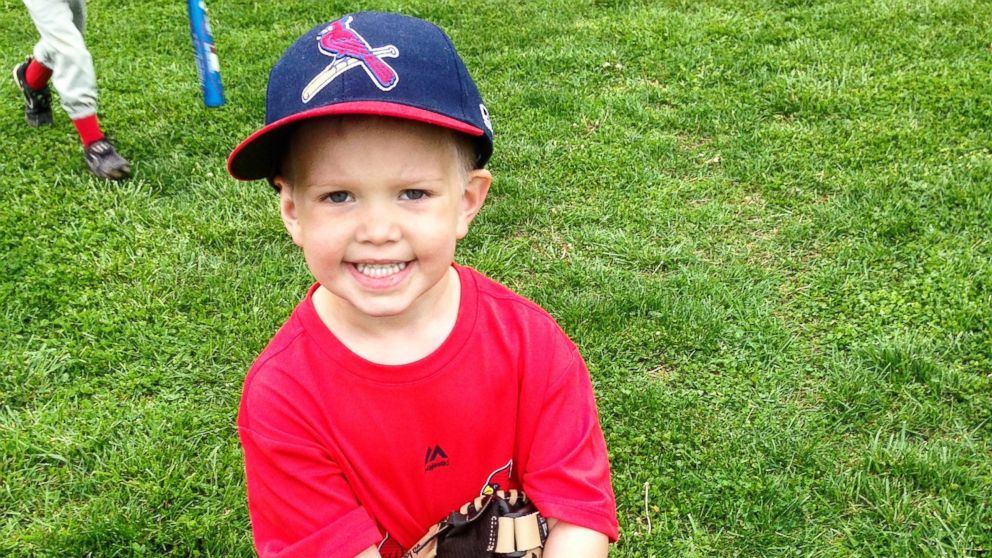 Children at this age begin to understand concepts and can compare abstract ideas.
Children at this age begin to understand concepts and can compare abstract ideas.
While children may progress at different rates, the following are some of the common milestones children may reach in this age group:
4-year-olds:
- Begins to understand time
- Begins to become less aware of only one’s self and more aware of people around him/her
- May obey parent’s rules, but does not understand right from wrong
- Believes that his or her own thoughts can make things happen
5-year-olds:
- Increased understanding of time
- Curious about real facts about the world
- May compare rules of parents with that of friends
Wellness and Fitness Milestones
By the time kids are 3 to 5 years old, their physical skills, like running, jumping, kicking, and throwing, have come a long way. Now they’ll continue to refine these skills and build on them to learn more complex ones. Take advantage of your child’s natural tendency to be active.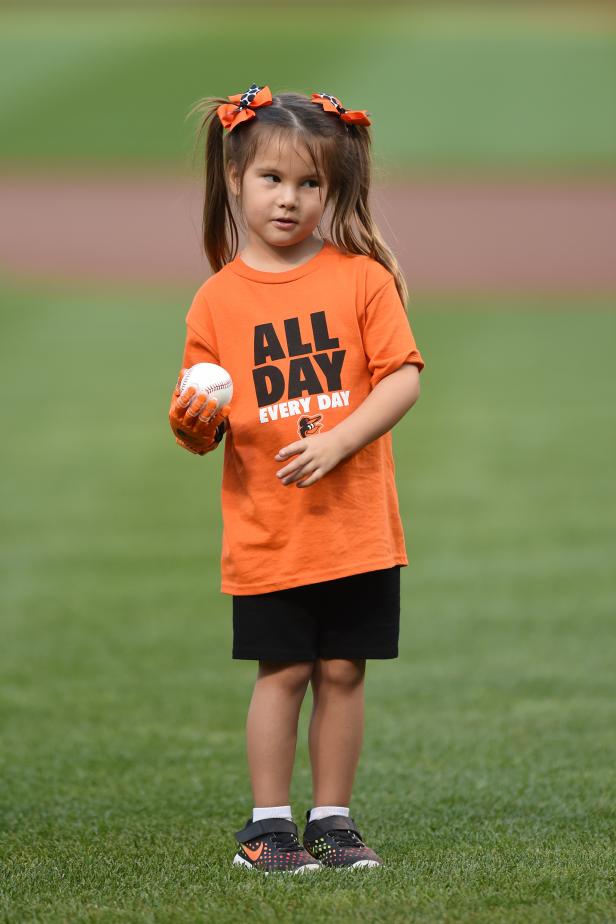 Regular physical activity promotes healthy growth and development and learning new skills builds confidence.
Regular physical activity promotes healthy growth and development and learning new skills builds confidence.
How active should my child be at this age?
Kids at this age are learning to hop, skip and jump forward. They are eager to show off how they can balance on one foot, catch a ball or do a somersault. Preschoolers and kindergarteners also might enjoy swimming, playing on a playground, dancing and riding a tricycle or bicycle with training wheels.
Physical activity guidelines recommend that preschoolers and kindergarteners should:
- Be physically active throughout the day
- Move and engage in both active play and structured (adult-led) physical activities
- Do activities such as jumping, hopping and tumbling to strengthen bones and muscles
Should my 4- to 5-year-old child participate in sports?
Many parents look into organized sports to get 4 and 5-year-olds active. The average preschooler has not mastered the basics, such as throwing, catching and taking turns.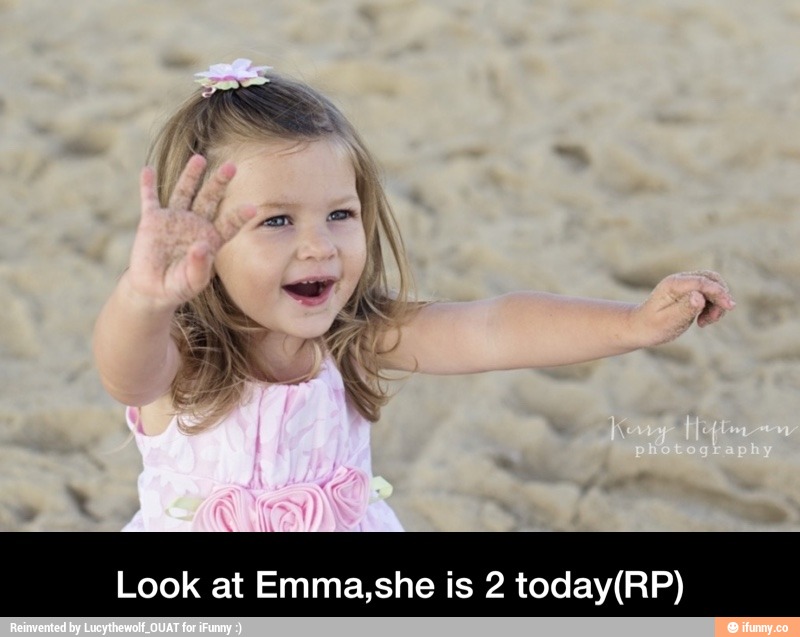 Even simple rules may be hard for them to understand, as any parent who has watched their child run the wrong way during a game knows.
Even simple rules may be hard for them to understand, as any parent who has watched their child run the wrong way during a game knows.
Starting too young can also be frustrating for kids and may discourage future participation in sports. If you decide to sign your child up for soccer or another team sport, be sure to choose a league that is right for their age and developmental stage. A peewee league that focuses on fun and learning the fundamentals might be great for a child still in preschool.
Family Fitness Tips
Playing together, running in the backyard or using playground equipment at a local park can be fun for the entire family. Other activities to try together, or for a group of preschoolers to enjoy, include:
- Playing games such as “Duck, Duck, Goose” or “Follow the Leader,” then mixing it up with jumping, hopping and walking backward
- Kicking a ball back and forth or into a goal
- Hitting a ball off a T-ball stand
- Playing freeze dance or freeze tag
Kids can be active even when they’re indoors.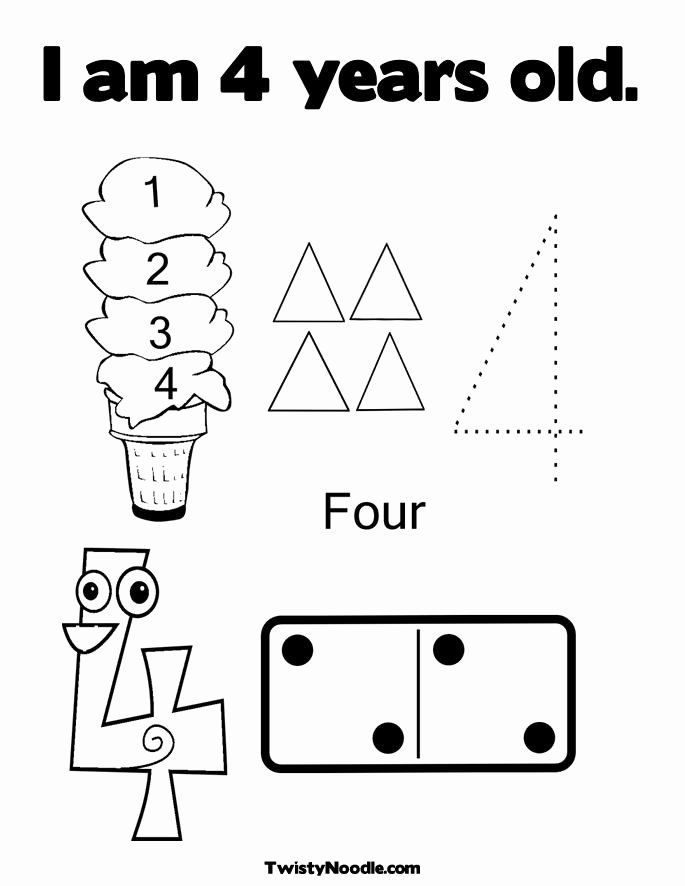 Designate a safe play area and try some active inside games such as:
Designate a safe play area and try some active inside games such as:
- Treasure hunt: Hide “treasures” throughout the house and provide clues to their locations
- Obstacle course: Set up an obstacle course with chairs, boxes, and toys for the kids to go over, under, through and around
- Soft-ball games: Use soft foam balls to play indoor basketball, bowling, soccer or catch. You can even use balloons to play volleyball or catch
How long should my 4- to 5-year-old sleep?
4 to 5-year-olds should be sleeping around 10-12 hours at night. Those who get enough rest may no longer need a daytime nap and can benefit from some quiet time in the afternoon. This is the age where they might be in preschool or in kindergarten. As they give up naps, they may go to bed at night earlier than they did as toddlers.
Check out our guide about Healthy Sleep for Children for more info.
Communication Milestones
Communicating with our kids is one of the most pleasurable and rewarding parts of parenting. Children learn by absorbing information through daily interactions and experiences not only with us, but with other adults, family members, other kids, and the world.
Children learn by absorbing information through daily interactions and experiences not only with us, but with other adults, family members, other kids, and the world.
Between the ages of 4 and 5, many kids enter preschool or kindergarten programs, with language skills a key part of learning in the classroom.
How does my 4- to 5-year-old child interact with others?
A very important part of growing up is the ability to interact and socialize with others. This can be a frustrating transition for the parent as children go through different stages, some of which are not always easy to handle. While every child is unique and will develop different personalities, the following are some of the common behavioral traits that may be present in your child:
4-year-olds can:
- Be very independent and may want to do things on his or her own
- Be selfish and do not like to share
- Be moody; mood swings are common in this age group
- Be aggressive during mood swings towards family members
- Have a number of fears
- Have imaginary playmates
- Enjoy exploring the body and may play doctor and nurse
- “Run away” or threaten to do so
- Fight with siblings
- Play with others in groups
5-year-olds can:
- Generally, be more cooperative and responsible than 4-year-olds
- Be eager to please others and make them happy
- Have good manners
- Dress self completely without help
- Get along well with parents
- Enjoy cooking and playing sports
- Become more attached to parent as they enter school
Interacting with Your Child
Kids learn more through interactive conversation and play. Reading books, singing, playing word games and simply talking to kids will increase their vocabulary while providing increased opportunities to develop listening skills. As kids gain language skills, they also develop their conversational abilities. Kids 4 to 5 years old can follow more complex directions and enthusiastically talk about things they do. They can make up stories, listen attentively to stories and retell stories.
Reading books, singing, playing word games and simply talking to kids will increase their vocabulary while providing increased opportunities to develop listening skills. As kids gain language skills, they also develop their conversational abilities. Kids 4 to 5 years old can follow more complex directions and enthusiastically talk about things they do. They can make up stories, listen attentively to stories and retell stories.
Here some ways you can help boost your child’s communication skills:
- Talk about the day’s activities
- Talk with your child about the books you read together
- Talk with your child about the TV programs and videos you watch together
- Keep books, magazines, and other reading material where kids can reach them without help
- Help kids create their own “This Is Me” or “This Is Our Family” album with photographs or mementos
How can I help increase my preschool child’s social ability?
Consider the following as ways to foster your preschool child’s social abilities:
- Offer compliments for good behavior and achievements
- Encourage your child to talk to you and be open with his or her feelings
- Read to your child, sing songs and talk with him or her
- Spend quality time with your child and show him or her new experiences
- Encourage your child to ask questions and explore
- Encourage physical activity with supervision
- Arrange times for your child to be with other children, such as in play groups
- Give your child the chance to make choices, when appropriate
- Use time-out for behavior that is not acceptable
- Encourage your child to express his or her anger in an appropriate manner
- Limit television watching (or other screen time) to 1 to 2 hours a day.
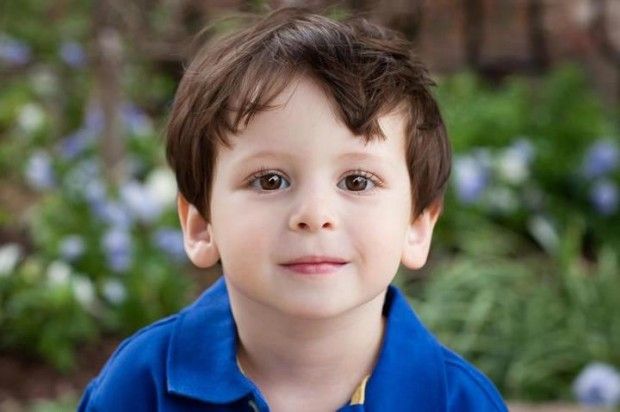 Use free time for other more productive activities.
Use free time for other more productive activities.
When should I call the doctor?
You should talk to your doctor if you suspect your child has a problem with hearing, language skills or speech clarity. A hearing test may be one of the first steps to find out if your child has a hearing problem.
Communication problems among kids in this age group include:
- Hearing problems
- Trouble following directions
- Trouble asking or answering questions
- Difficulty holding a conversation
- Poor vocabulary growth
- Trouble learning preschool concepts, such as colors and counting
- Stuttering
- Trouble putting sentences together
- Unclear speech
Some kids will outgrow these problems. Others might need speech therapy or further evaluation. This is especially important to assess at a young age because some children that have difficulty with communication may get frustrated, angry and even aggressive because they cannot relay their thoughts and feelings clearly.
Reviewed by Dr. Priya Mody, Pediatric & Adult Medicine, CHOC Primary Care – May 2021
Child 4 years old ✔️ What should be able and know
Accumulated experience is not only about mature adults. A four-year-old child also has his own - albeit small, but noticeable in comparison with previous periods of development - life experience. At 4 years old, the child is still a baby, especially in the eyes of his parents: he talks funny, is surprised by the new and asks a lot of questions. But growing up is noticeable even in the appearance of a four-year-old. Children's swelling is smoothed out, and the child begins to resemble a small adult. nine0003
If the developmental norms for three-year-old children are more variable, then for four-year-olds - these norms are already outlined quite clearly. Knowing what a child should be able to do at 4 years old, parents will be able to track and correct possible deviations.
Content:
- Basic knowledge and skills in 4 years
- Physical Development Standards
- Differences between boys and girls
- Weight and height
- Physical skills
- Motor skills
- Fine motor skills
- Sensory Development and Dental Care
- Speech of a 4 year old child
- If the child does not speak or does not speak well?
- Second language learning
- Socialization: communication, emotions
- Psychological condition
- Intellectual development
- Cognitive development
- Life skills
- Daily routine and childcare
- When should I worry about a child's development? nine0010
- How to help a child's development?
Basic knowledge and skills at 4 years old
Prostock-studio/Shutterstock.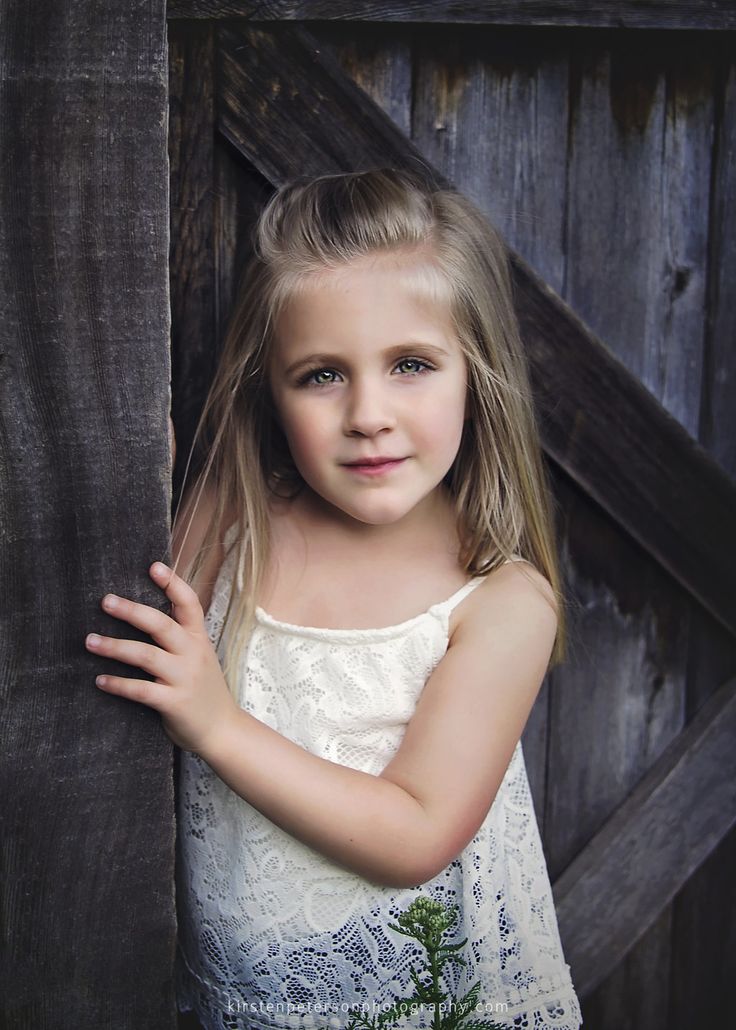 com
com
What a child should be able to do at four years old - basic knowledge and skills:
- good control over your body: move confidently and navigate in space;
- be able to count up to five and know what numbers up to five look like;
- speaking well enough: speech should become clearer compared to the age of three; nine0009 have self-service skills;
- to understand some social norms: for example, to distinguish good deeds from bad ones.
Norms of physical development
Between the ages of three and four, the child does not grow as fast as at an earlier age. But acquired physical and motor skills are honed, and new ones appear. At the age of four, differences in the physical abilities of boys and girls become noticeable.
Differences between boys and girls
Prostock-studio/Shutterstock.com
Although the weight and height of four-year-old children of different sexes is still the same on average, the difference in physical development is already clearly visible: good to ride a bike.
Researchers studying the thinking patterns of preschool children found that this difference in development between boys and girls is related to the structure of the brain. Four-year-old girls have a well-developed left hemisphere of the brain, which is responsible for developed intelligence and fluent speech.
With age, intellectual differences between children of different sexes are erased, and physical differences become even more noticeable.
Weight and height
Prostock-studio/Shutterstock.com
The average height of children at the age of four is 102-103 centimeters. The average weight is 16-18 kilograms. There may be deviations up or down from the average height and weight, depending on hereditary factors and the lifestyle of a particular child.
If your baby is less than 94 centimeters at 4 years old, or weighs less than 12 or more than 25 kilograms, it may be worth changing the daily routine and nutrition after consulting a pediatrician.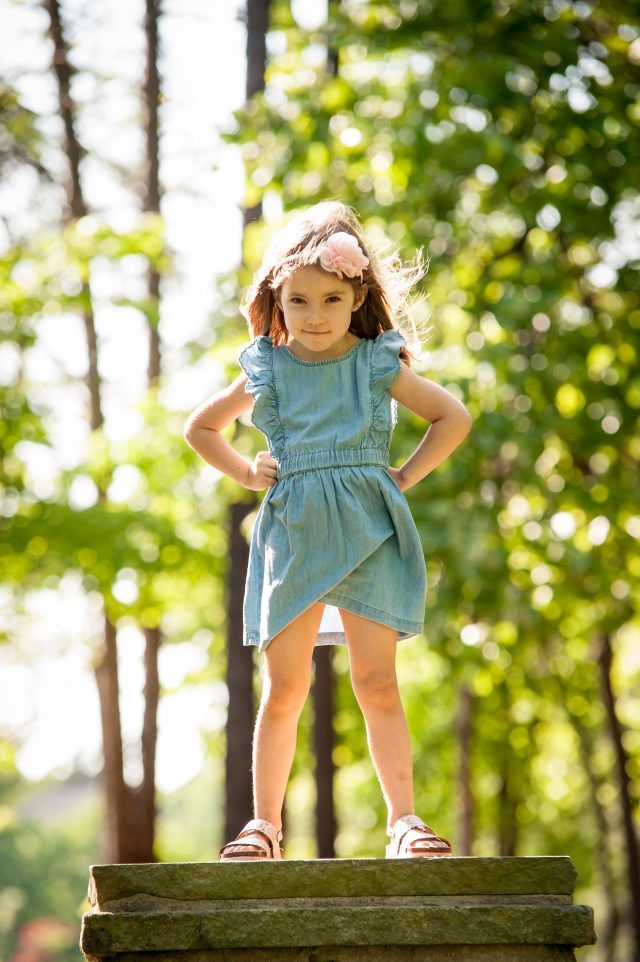
The norm of weight and height specifically for your son or daughter can be calculated as follows: in the interval between three and four years, the child should grow by 6-7 centimeters, and the weight should increase by 1-3 kilograms. nine0003
Physical skills
Physical skills that most four-year-olds have:
- confidently handle a tricycle, a scooter;
- eat entirely on their own, using cutlery deftly and appropriately;
- are able to handle small details of objects: they correctly compose multi-level pyramids, assemble construction sets and puzzles according to instructions or with the help of an adult.
Motor skills
Prostock-studio/Shutterstock.com
The four-year-old's coordination develops better, acquired motor skills are fixed and new ones appear:
- can jump high and far, can somersault;
- tries to hit the target with the ball, catches and holds the ball with both hands;
- standing on one leg, keeps balance for at least 10 seconds, makes several jumps on one leg;
- becomes quite flexible, easily tilting the body from a standing or sitting position, for example, in order to put on shoes; nine0010
- can walk on tiptoe;
- dresses and undresses without the help of an adult, or with a little help if you need to deal with difficult closures or laces.
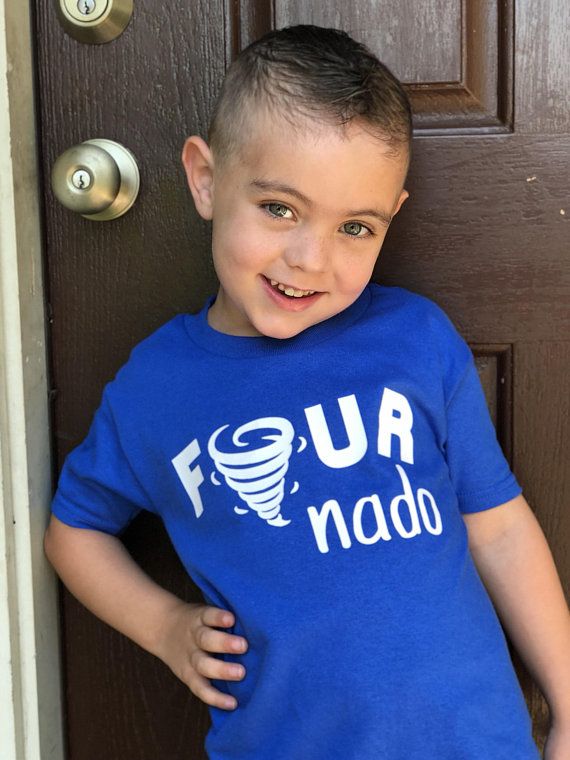
Fine motor skills
Prostock-studio/Shutterstock.com
The formation of a baby's speech, the correct development of thinking and memory depend on well-developed fine motor skills. It's good if by the age of four a child has the following fine motor skills:
- colors pictures without going beyond the outline; nine0010
- tries to lead the pencil evenly when drawing in dots, does not take his hand off the sheet of paper;
- outlines samples, stencils with a pencil;
- launches the top;
- folds fingers to show shapes, such as "flashlight";
- laces his own shoes, or at least tries to cope with the laces;
- strings buttons or beads with large holes on the thread; The
- cuts out paper figures fairly evenly with scissors.
If your child does not yet master each of these skills, it is easy to help him: learn how to tie shoelaces together, play with beads, show how figures from fingers are folded. nine0003
nine0003
Sense organs development and dental care
Prostock-studio/Shutterstock.com
At 4 years old, a child develops almost the same sharp vision as adults. Four-year-olds are rarely ready to read, but it is already possible to introduce the baby to letters. The main thing is to choose books, cards and other manuals where the letters are printed in large print - so children's eyesight will not strain too much.
The hearing of children is already fully developed at the age of four. Improving sense of smell : the child senses and identifies complex odors. Skin retains sensitivity to cold, the baby feels the heat just like adults. Children at the age of four feel the taste of food almost like adults, but with a slight difference: in a multi-component dish, the child mainly distinguishes the main component, poorly recognizing the flavors of the other components.
Four year olds already have 16-20 milk teeth .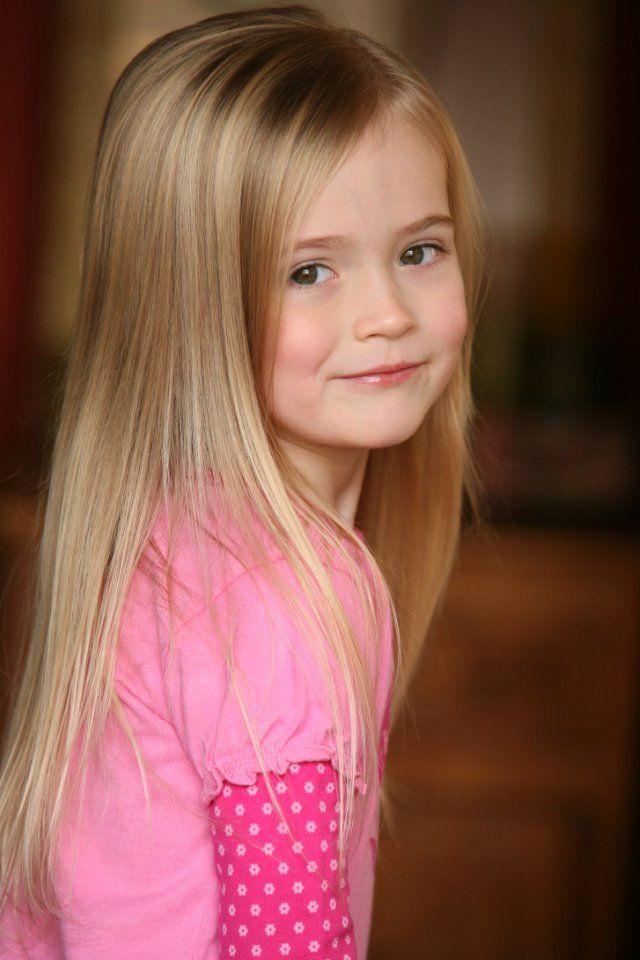 Due to the fact that milk teeth are much more vulnerable than permanent teeth, you need to carefully monitor the hygiene of the child's oral cavity: teach the baby to brush his teeth regularly, treat problem teeth in time. Keeping milk teeth healthy is very important: early removal of milk teeth can cause improper jaw formation and lead to other problems. So, in children who have lost milk teeth early, facial features may be distorted. nine0003
Due to the fact that milk teeth are much more vulnerable than permanent teeth, you need to carefully monitor the hygiene of the child's oral cavity: teach the baby to brush his teeth regularly, treat problem teeth in time. Keeping milk teeth healthy is very important: early removal of milk teeth can cause improper jaw formation and lead to other problems. So, in children who have lost milk teeth early, facial features may be distorted. nine0003
Read also Why is it important to take care of milk teeth? All about children's dental problems.
The speech of a child at 4 years old
Prostock-studio/Shutterstock.com
The passive vocabulary of a child at 4 years old is 3000 words: this includes those words that the baby actively uses in speech, and those whose meaning he knows, but rarely used in speech. Passive vocabulary includes, for example, obsolete words that are often found in fairy tales: plow, upper room, stupa and the like. nine0003
A four-year-old child's active vocabulary includes as many words as he needs to communicate with others - usually about 1000 words.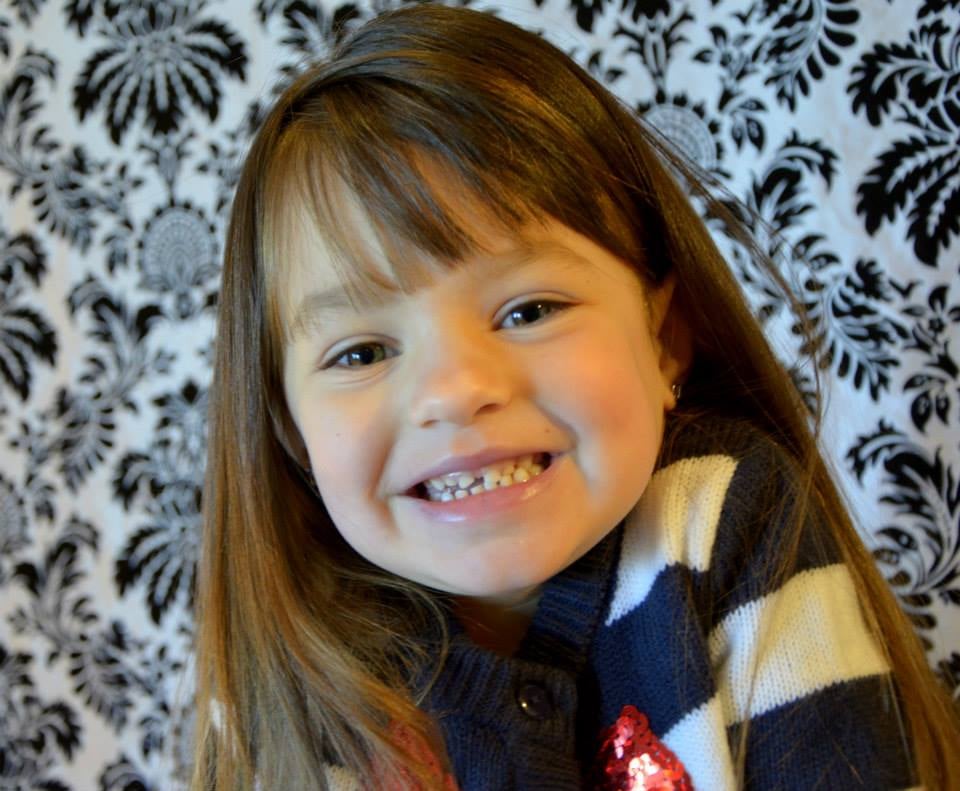
If the child does not speak or does not speak well?
A child at the age of four years can coherently tell how the day went, uses sentences of eight words or more in his speech, clearly describes the objects he has seen.
The development of speech in four-year-old children may differ - girls usually speak smartly, it is more difficult for boys to choose the right words. But if the child does not speak at all or distorts the words, it is worth contacting pediatricians. nine0003
Lack of coherent speech at 4 years of age may indicate mental retardation, hearing problems, severe stress. A pediatric neurologist, an otolaryngologist and a speech therapist will help parents deal with the reason for the child's silence.
Learning a second language
Prostock-studio/Shutterstock.com
English or another foreign language courses offer to start learning a second language from the age of four. At this age, children easily memorize foreign names of objects and phenomena and do not hesitate to make mistakes.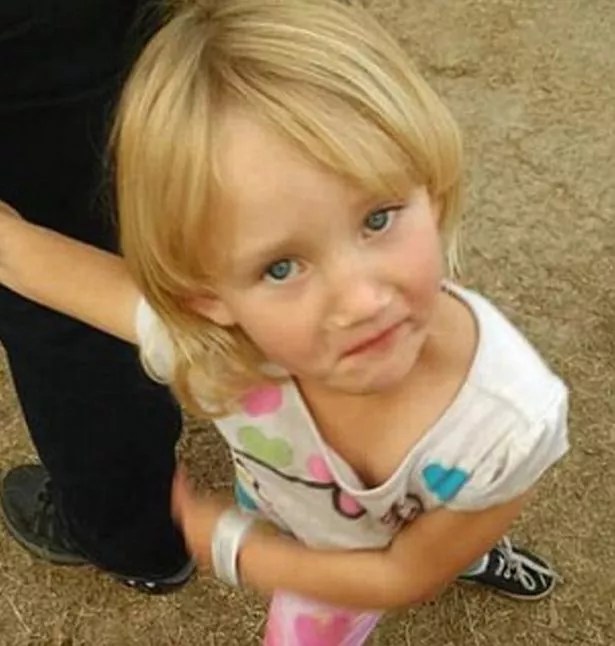 nine0003
nine0003
But it is desirable that the child already speaks Russian well enough before starting to learn a second language - otherwise serious problems with the pronunciation of foreign words are inevitable, which will later be difficult to correct.
Socialization: communication, emotions
Prostock-studio/Shutterstock.com
At the age of 4, the baby knows and accepts the norms of behavior in society. In communication with peers, a four-year-old learns to share, to fulfill his role in the game, to recognize good and bad deeds. The child is increasingly striving to communicate with peers, gradually separating from their parents. True, there are exceptions: when the baby does not want to play with other children and it is more interesting for him to spend time alone. Such behavior is a variant of the norm and indicates the characteristics of the character of the child. nine0003
In communication with adults, a well-socialized child at the age of 4 follows the rules of etiquette: he addresses himself as “you” and by his first name and patronymic, follows the rules of behavior in kindergarten or in another institution. By the age of four, a kid should know that you can trust only familiar adults, and you should not talk to strangers and go somewhere.
By the age of four, a kid should know that you can trust only familiar adults, and you should not talk to strangers and go somewhere.
The spectrum of emotions of four-year-old children is quite wide: they are able to recognize the emotions of other people, restrain their own emotions, actively use facial expressions and gestures to express feelings. nine0003
A four-year-old needs a personal space - it can be a separate room or a play corner - where he feels like a master. Invasion of personal space without permission, even from close people, the child can perceive painfully.
Psychological state
Prostock-studio/Shutterstock.com
Four-year-old children do not feel fear well - the task of parents is to tell their son or daughter about possible dangers: about potentially dangerous household appliances, about homeless animals, about walking alone. nine0003
Normally, a psychologically developed child at the age of four should:
- take into account the assessment of his behavior by significant adults: parents, caregivers;
- to be as independent as possible;
- to be able to serve themselves in accordance with age.

Intellectual development
Prostock-studio/Shutterstock.com
Intellectual development can be considered appropriate for the age of four if the child has the following skills:
- knows his first and last name, parents' first and last names, his address;
- concentrates on the same activity for 10 minutes or more;
- knows and names at least seven colors;
- remembers the general plot and details of a story or fairy tale, can retell a short text;
- distinguishes and names seasons and times of day.
Four-year-old children, if adults are involved with them, already have knowledge of the world around them, elementary mathematics, music, drawing, construction. nine0003
The world around
Prostock-studio/Shutterstock.com
A 4-year-old child knows about the world around:
- names of household items, details of these items, their purpose, for example: cup - cup handle - drink from a cup;
- names of some domestic and wild animals, trees and flowers, finds them in pictures;
- features of common professions: teacher, doctor, salesperson;
- names and differences of tastes: sweet, salty, bitter, sour; nine0010
- what are the names of other close relatives, in addition to mom and dad: grandfather, grandmother, sister, brother.
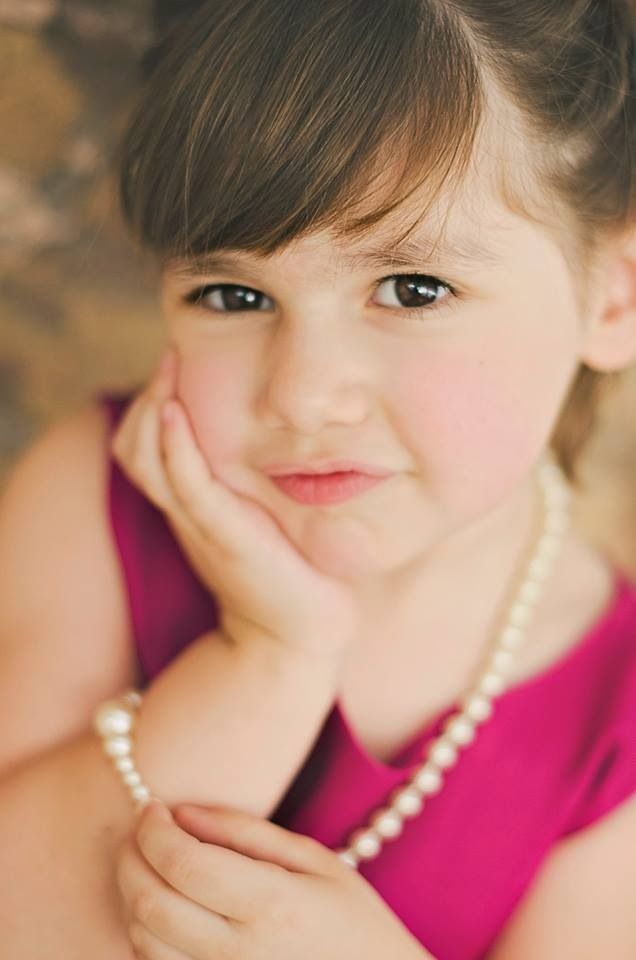
Mathematics
Prostock-studio/Shutterstock.com
Four-year-old's knowledge of elementary mathematics:
- distinguishes between "a lot" and "little";
- knows geometric shapes: circle, square, triangle, oval, rectangle;
- distinguishes between right and left side;
- is oriented in space: knows where is the top, where is the bottom, and where are the edges; nine0010
- compares the sizes of different objects.
Music
Prostock-studio/Shutterstock.com
Development of a 4-year-old child in the field of musical creativity:
- taps the rhythm to the beat of favorite melodies;
- tries out children's songs;
- determines the mood and tempo of the music: happy or sad, fast or slow.
Drawing
Prostock-studio/Shutterstock.com
In the field of visual arts, four-year-olds can:
- coloring pages carefully;
- use different drawing tools: pencils, felt-tip pens, brushes;
- schematically depict people, animals, plants.
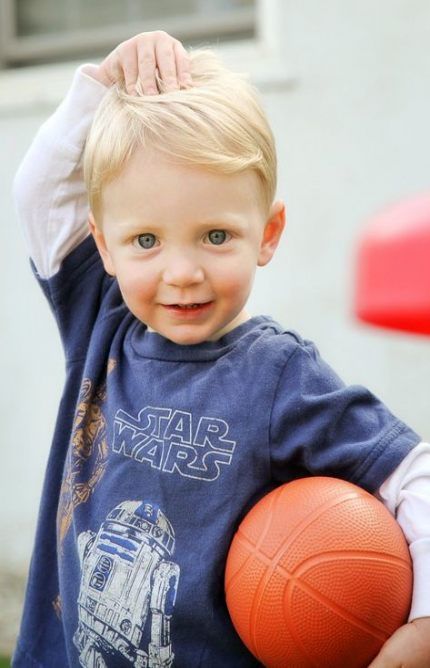
Construction
Prostock-studio/Shutterstock.com
At the age of four, the imagination is already well developed, and children master some construction skills:
- they come up with the shape of the building and build it from blocks or other materials; nine0010
- know how to carefully cut with scissors;
- learn to work with natural materials.
Cognitive development
Prostock-studio/Shutterstock.com
At the age of 4, the baby tends to do a lot of things by himself, thanks to which his cognitive abilities are intensively developed. The abilities of children attending a kindergarten or other preschool institution usually develop a little faster than those of home children - communication with peers and regular classes with teachers positively affects the formation of basic cognitive abilities: memory, attention, thinking. nine0003
Read also Is it time for kindergarten? When is the best time to give up a child and what a parent needs to know.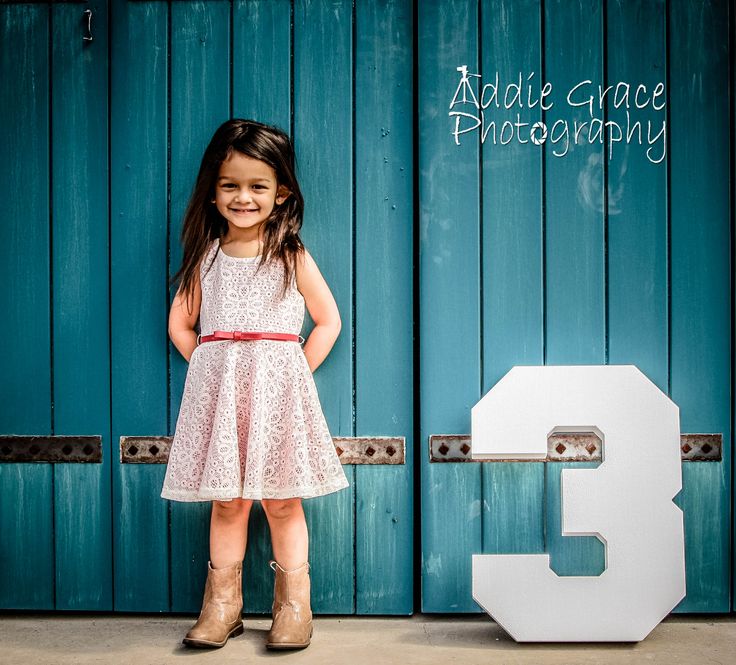
Memory
Prostock-studio/Shutterstock.com
Four-year-olds gradually learn to "manage" their memory. They already know how to memorize not only what is interesting, but also what is important to remember: for example, a home address, a poem for a holiday in kindergarten.
The child's ability to describe the past day, starting from the morning, indicates the correct development of memory. If during such a story the child is asked to describe in more detail a specific event of the past day, the child will remember this event and tell about it in more detail. nine0003
Attention
Prostock-studio/Shutterstock.com
Children's attention is closely related to memory. At 4 years old, children can direct their attention to objects that are not interesting to them at the request of an adult - this is how voluntary attention is formed. It is still difficult for a four-year-old kid to concentrate on several things at the same time, but sometimes he succeeds. Attention becomes tenacious: the child can devote quite a lot of time to an exciting activity without being distracted.
Attention becomes tenacious: the child can devote quite a lot of time to an exciting activity without being distracted.
Thinking
Prostock-studio/Shutterstock.com
The process of thinking in four-year-olds no longer occurs only through actions, as at an earlier age, but also through images. The kid begins to draw conclusions about objects and phenomena, not interacting with them directly, but, for example, seeing in the picture.
Thinking develops normally at the age of four if it can:
- find differences in two similar images;
- find an extra object among objects that have a common feature: for example, a wild animal among domestic animals, a tree among flowers; nine0010
- according to the description of the narrator, guess the object or phenomenon he has guessed.
Household skills
Prostock-studio/Shutterstock.com
Four-year-olds are partially self-supporting: dressing and undressing, using the toilet carefully, washing and brushing their teeth.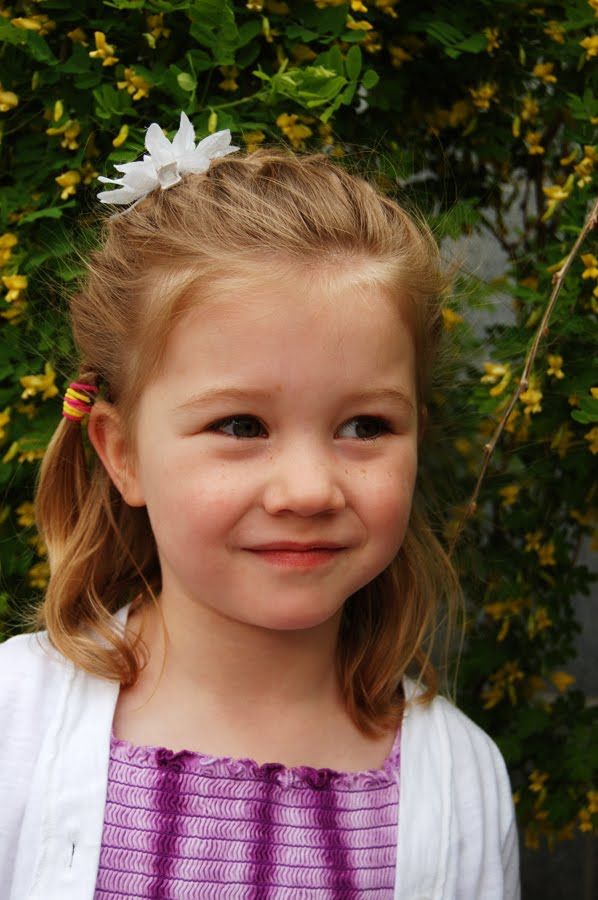 They are well oriented in their home, they know where specific things should be.
They are well oriented in their home, they know where specific things should be.
At the age of 4, the child himself strives to master new skills, and parents can teach him new skills in everyday life:
- make the bed;
- take dirty clothes to the laundry;
- to keep order in a small area of the house, for example, in the bathroom.
Daily routine and childcare
Prostock-studio/Shutterstock.com
Sample daily routine for a four year old:
| 07.00 | Lift, hygiene |
| 08.00 | Breakfast |
| 09.00 | Calm games, developing activities |
| 10.00 | Walk |
| 12.00 | Lunch |
| 13.00 | Daytime sleep |
| 15.00 | High tea |
| 16.00 | Active play or walk |
18.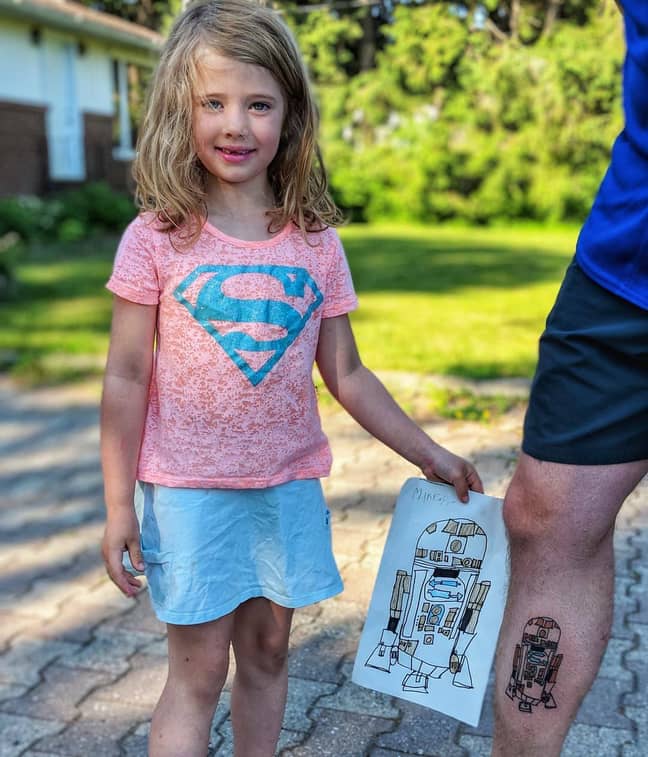 00 00 | Dinner |
| 19.00 | Communication with relatives, developing activities |
| 20.30 | Hygiene |
| 21.00 | Going to bed |
⠀
If the child does not attend kindergarten, at the age of 4 he can refuse daytime sleep.
Four-year-olds need certain care from adults:
- remind your child of the importance of personal hygiene;
- take longer walks in fine weather;
- include hardening procedures in the daily routine: air and sun baths, rubdowns. nine0010
When should you worry about your child's development?
Prostock-studio/Shutterstock.com
Features of a child that at the age of four may indicate a developmental delay:
- cannot concentrate on one activity even for a few minutes;
- does not control emotions, outbreaks of aggression occur;
- does not play with toys and is not interested in them;
- does not use complex sentences in speech, generally finds it difficult to express thoughts orally; nine0010
- is too mobile or, conversely, very slow.
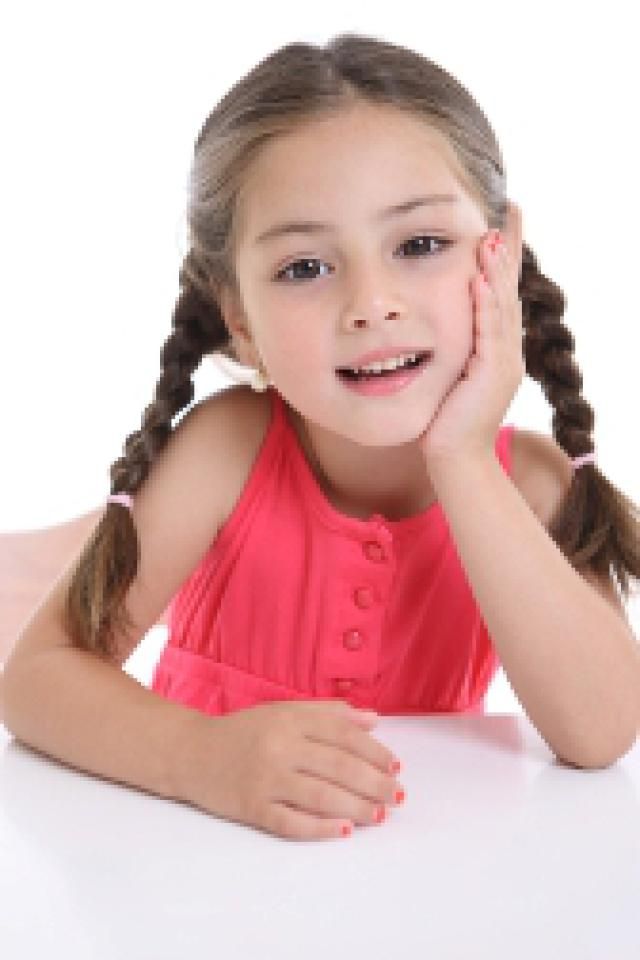
If you notice these symptoms in your child, consult your local pediatrician.
How to help a child's development?
Prostock-studio/Shutterstock.com
Activities to help your 4 year old develop properly:
- Simple physical and chemical experiments. For example, with water freezing in the cold, with mixing settled water with ink.
- Learning new mathematical concepts: "equal", "wide-narrow", "low-high". nine0010
- Reading children's books, retelling their fragments. Retellings can start with one paragraph, over time, the baby will be able to retell the whole chapter.
- Applications and modeling.
- Age-appropriate sports: skiing, swimming, running.
Games
Prostock-studio/Shutterstock.com
Games for the development of memory, attention and thinking of four-year-olds:
- Any role-playing games that allow children to use their imagination and imagine themselves in a new role.
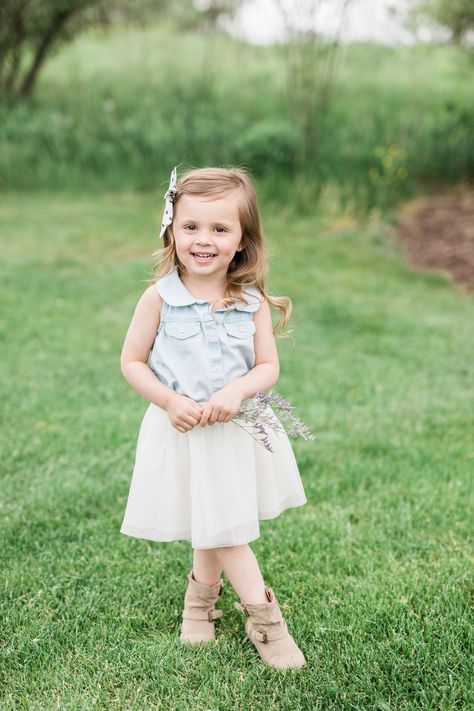 Such games can be improvised or organized: children can play the classic "daughters-mothers" themselves or, under the guidance of an adult, play according to a pre-thought-out plot, for example, "One Day at School" or "At the Doctor's Appointment". nine0010
Such games can be improvised or organized: children can play the classic "daughters-mothers" themselves or, under the guidance of an adult, play according to a pre-thought-out plot, for example, "One Day at School" or "At the Doctor's Appointment". nine0010 - Games for the development of emotional intelligence. Ask the child to emotionally depict different moods: show a very tired person, a gloomy cloud, a smiling sun.
- The game "Think of another name" perfectly develops children's imagination. Invite the child to come up with other names for familiar items: a spoon is a “porridge picker”, boots are “armor from dirt”, rags for wiping dust are a “weapon for cleanliness”.
- Didactic games, age-appropriate: sorters, puzzles, developing cards. nine0010
- Blind drawing. The child draws without opening his eyes, and then comes up with what the resulting confusion could mean.
Despite noticeable maturation, the main occupation for a four-year-old child is playing. Try to include game moments in different life situations - even the process of dressing can be arranged as a fun game. Without feeling pressure and demands, your child will develop on time and at a pace that is comfortable for him!
Try to include game moments in different life situations - even the process of dressing can be arranged as a fun game. Without feeling pressure and demands, your child will develop on time and at a pace that is comfortable for him!
Please rate article
This is very important to us
Article rating: 4.7 / 5. Votes count: 9
No ratings yet. Rate first!
Receive a school preparation checklist to your mail
Letter sent!
Check e-mail
Four-year-old children could not use the memory of the desired object
British psychologists have found that at the age of four, children are unable to effectively use episodic memory in order to select a tool that will help them in the future. To do this, scientists conducted an experiment in which children of different ages learned to open boxes with coins of different colors to get stickers. A report on the study was published in the journal Current Biology.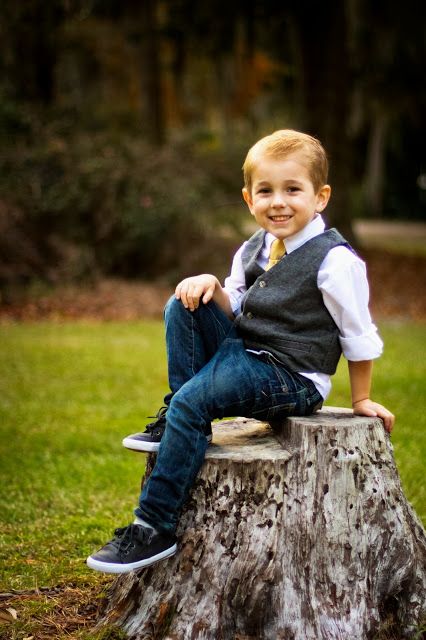 nine0003
nine0003
For effective planning and decision-making, people have a well-developed ability to imagine what will happen in the future. For example, knowing that a bookshelf can only support 20 books weighing one kilogram, its owner is unlikely to put 21 books on it: he will be stopped by the knowledge that the shelf will not withstand that much, and the idea of how it collapses under excess weight. In this case, a person relies on episodic memory: he can also use information about how one day the shelf did collapse when too many books were placed on it. nine0003
To examine the capacity for such planning, scientists typically use item choice tests. A variation of this test was used in their experiment by psychologists from the University of St. Andrews under the leadership of Amanda Seed (Amanda M. Seed). They took a puzzle box that looked like a sorter (a toy for children, into the holes of which it is necessary to insert objects of a certain shape): it was necessary to insert a special coin into it and get a sticker for it.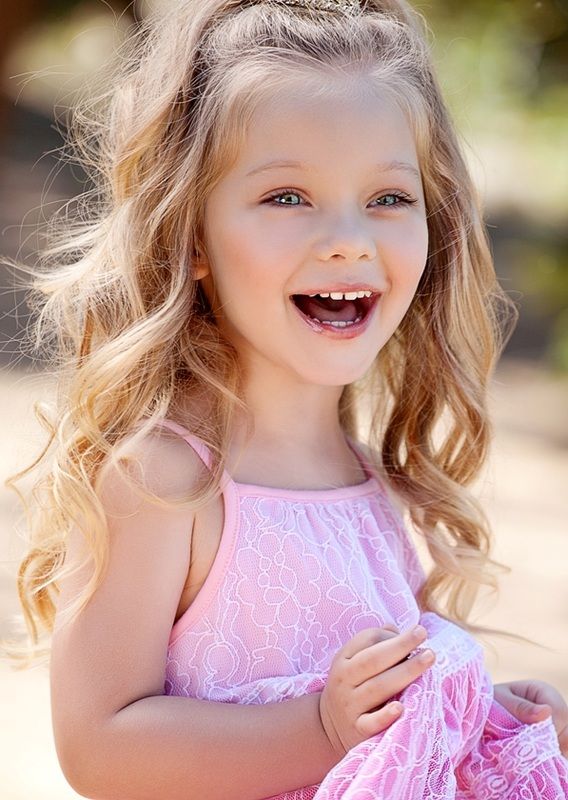 At the beginning of the experiment, children were shown two such boxes and taught how to use them correctly, choosing the right coin, after which one of the boxes was taken away and the children were taken out of the room for ten minutes for a cognitive test. After the end of the test, the children were offered a choice of three coins: one of them opened the box that was left in the room, the second opened the box that the experimenter removed, and the third had no functional value. The coins that opened the boxes matched them in color: for example, a red box could be opened with a red coin, and a blue one with a blue one. The children were asked to choose a coin in order to receive more stickers, after which they were asked if they remembered what color the box was. nine0003
At the beginning of the experiment, children were shown two such boxes and taught how to use them correctly, choosing the right coin, after which one of the boxes was taken away and the children were taken out of the room for ten minutes for a cognitive test. After the end of the test, the children were offered a choice of three coins: one of them opened the box that was left in the room, the second opened the box that the experimenter removed, and the third had no functional value. The coins that opened the boxes matched them in color: for example, a red box could be opened with a red coin, and a blue one with a blue one. The children were asked to choose a coin in order to receive more stickers, after which they were asked if they remembered what color the box was. nine0003
A total of 11 three-year-olds, 44 four-year-olds, 61 five-year-olds, 49 six-year-olds, and 47 seven-year-old children took part in the experiment. The researchers found that children pick the correct coin more than 50 percent of the time (above the random hit rate) starting at the age of five, and only 32 percent of the time at the age of four.